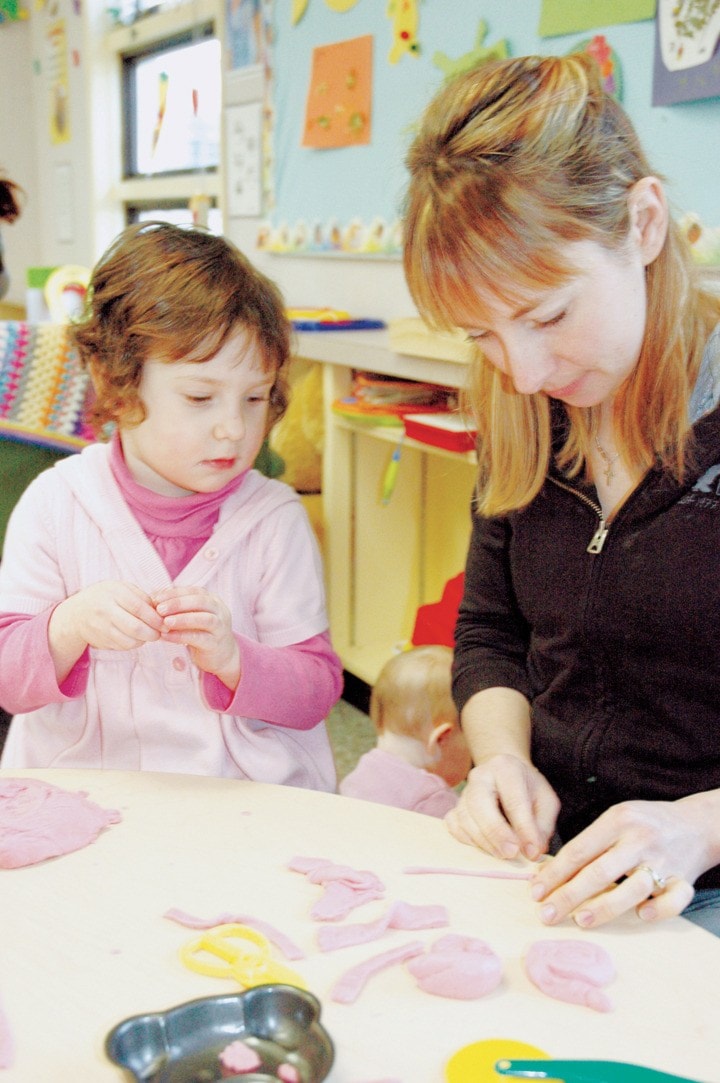Local elementary students are behind in academic performance and it’s a situation Coast Mountains school district superintendent Nancy Wells says the district is going to fix.
In a recent report on student achievement Wells pointed to two key issues – low graduation rates and lower than average elementary literacy when compared to other school districts in the province.
Wells, just re-appointed to run the district until June 2013, said the school district is aligning its resources to tackle these problems.
“We should be able to make a difference in kids, and have these results improve over time,” Wells said.
To improve elementary literacy the district will look at raising scores on standardized tests issued to Grade 4 and 7 students and reach out to young children students before they start kindergarten.
Grade 4 and 7 students in B.C. are tested annually on reading, writing and arithmetic by the provincial government.
A recent report by the Fraser Institute, a think tank that takes government test results and uses them to rank schools in B.C., showed Terrace and Thornhill elementary schools are some of the poorest academically in the province. Suwilaawks, Cassie Hall and Uplands were all marked as being on a steady decline over the past five years.
“When we see drops like that we are actively engaged in understanding why,” Wells said, cautioning that educators never use standardized tests as the only factor when assessing performance.
Not included in the report were Centennial Christian School and Ecole Mountainview which did not have high enough student numbers to contribute sufficient data.
Veritas Catholic school maintained its ranking from the year before and was ranked in the top 100 elementary schools in the province.
The report, based on 2011 test scores, states that 60.8 per cent of tested students at Cassie Hall Elementary are below provincial expectations. Suwilaawks Community School had 58 per cent of students below expectations, Thornhill Elementary had 40.8 per cent of students not meeting the provincial standard and Uplands Elementary had 27.1 per cent of its students at below expectations.
Peter Cowley, a co-author of the Fraser Institute report card, said the information is worrying.
“I think the community of folks in the Coast Mountains area have some important questions to ask themselves,” Cowley said.
Topping Cowley’s list is this question – Should our children be doing better, and what are we going to do about it?
Answering that question is up to the entire community and not just the school district, he said.
Wells says the public schools’ goal is to increase scores by two per cent for non-aboriginal and three per cent for aboriginal students every year.
A key part of the school district’s effort is to ensure young children are better prepared for starting school.
One way of doing this is through the StrongStart program, Wells said.
StrongStart is a free drop-in learning program offered by the school district and paid for by the provincial government.
Parents attend with their children and an early learning educator teaches skills designed to make a child’s first school experiences go better.
That includes physical activity and getting children comfortable in speaking and playing with each other and in conversing with adults.
There are now StrongStart programs at Suwilaawks Community school, Thornhill Primary and Cassie Hall.
“As a community we have to talk about interventions, what can we do for our young children to get them on a successful learning path,” Wells said.
The idea of preparing young children for school comes from studies showing that problems with learning early on will affect a student’s ability as they advance through the school system.
According to information gathered by educational experts at the University of BC, more than 35 per cent of children in the Coast Mountains school district have learning troubles based on a number of factors.
“There is a direct relationship between children being fed and their ability to learn,” said Joanne Schroeder, one of the people at UBC who has studied the problem.
“More and more kids everywhere in B.C. are hungry. Our child poverty rate has stayed very high and it’s challenging for parents to provide kids with all of the food that they need given their limited financial resources,” she continued.
The second goal laid out by the school district is to increase high school graduation rates.
Currently the Coast Mountains school district lags behind the overall provincial average with 69.7 per cent of students completing grade 12. Provincially the average is 81 per cent.
When only aboriginal students are examined, the graduation rate here is 45.8 per cent compared to a provincial average of 53.7 per cent.
One method favoured the school district is utilizing programs already in place, such as trades training for high school credit. Programs like these allow students to embark on their careers while still in school, effectively engaging them in their leaning, something board chair Art Erasmus said is vital.
“All children can learn if you can connect them to what they are learning,” he explained.
